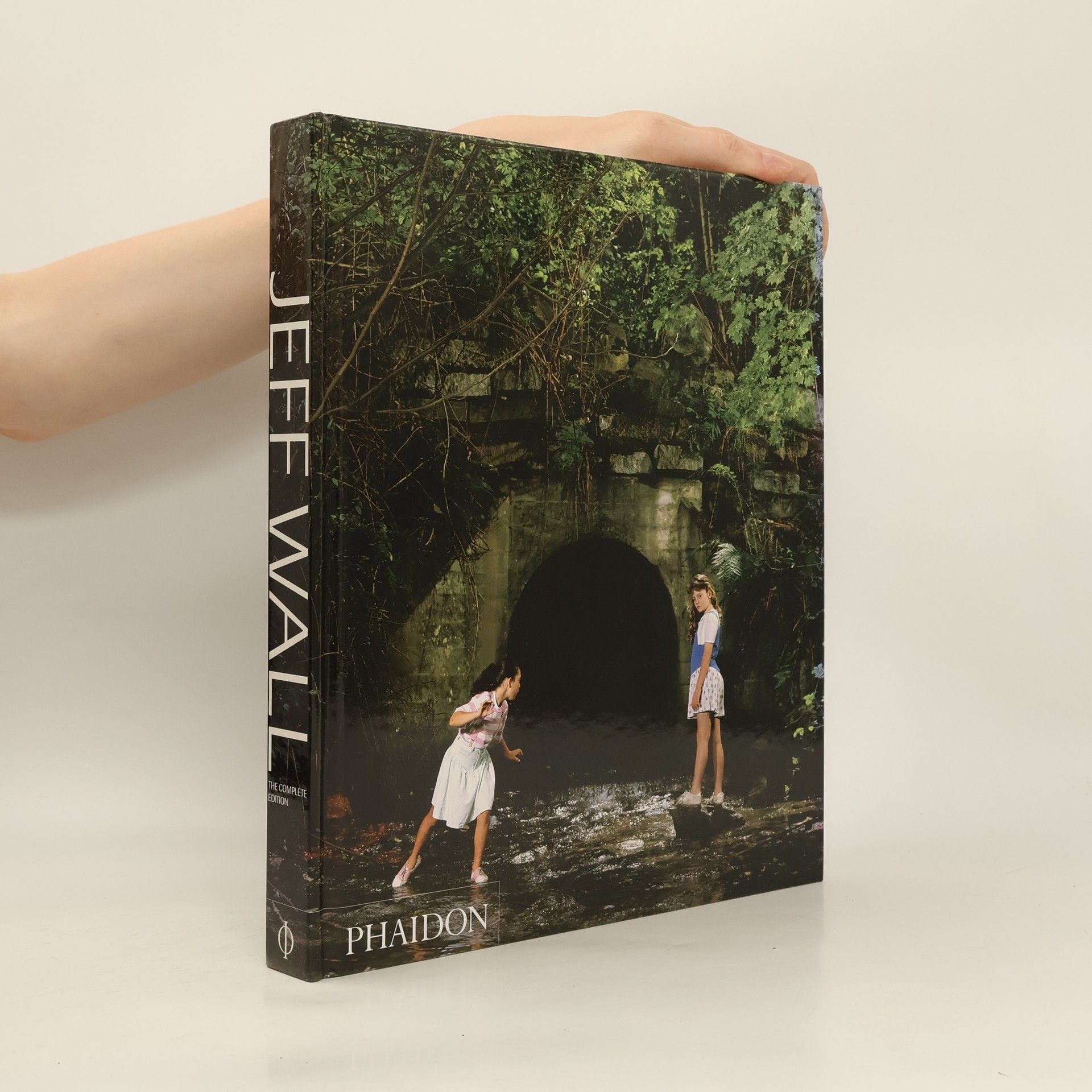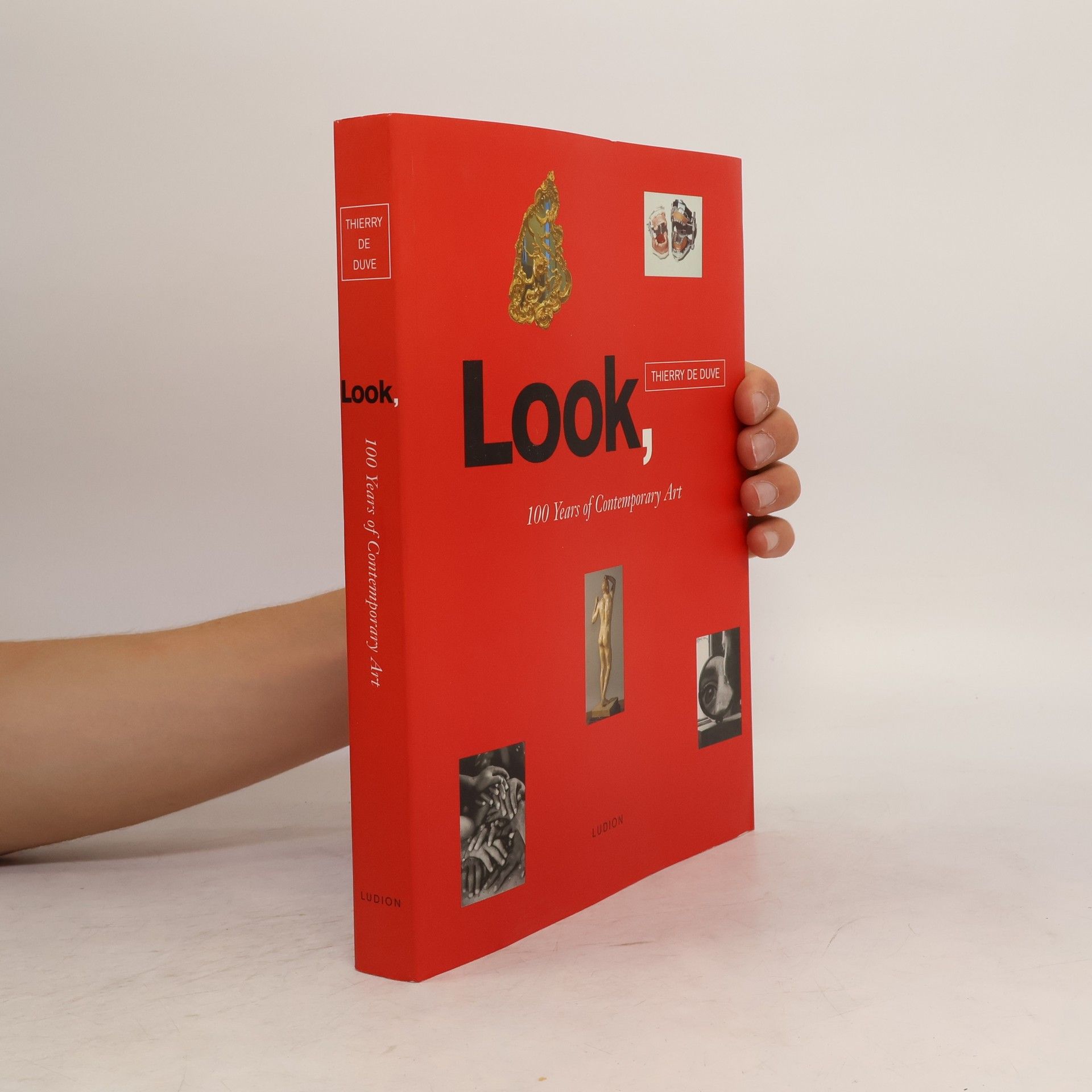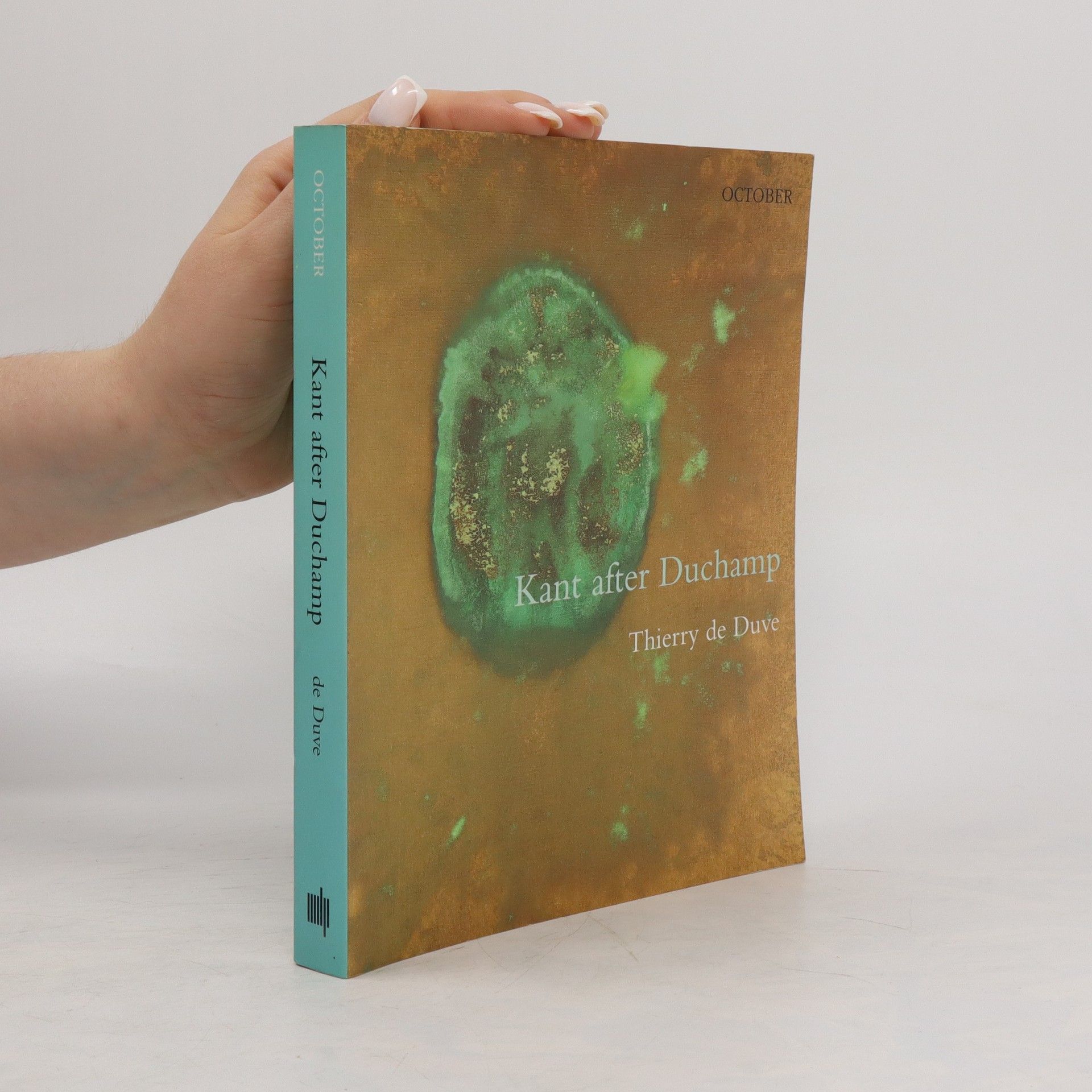Kant after Duchamp
- 500bladzijden
- 18 uur lezen
Kant after Duchamp brings together eight essays around a central thesis with many implications for the history of avant-gardes. Although Duchamp's ready mades broke with all previously known styles, de Duve observes that he made the logic of modernist art practice the subject matter of his work, a shift in aesthetic judgment that replaced the classical "this is beautiful" with "this is art." De Duve employs this shift (replacing the word "beauty" by the word "art") in a rereading of Kant's Critique of Judgment that reveals the hidden links between the radical experiments of Duchamp and the Dadaists and mainstream pictorial modernism.




